Bernedoodles are a hybrid designer breed that has been gaining popularity in recent years. They are a cross between a Bernese Mountain Dog and a Poodle and have become known for their friendly and loving personalities. In fact, they are often considered to be excellent therapy dogs due to their temperament and other characteristics. This article will explore why Bernedoodles make great therapy dogs and how they can be used to help people in need.
One of the primary reasons that Bernedoodles make great therapy dogs is their temperament. They are generally very friendly and affectionate, which makes them ideal for providing emotional support to people who are struggling with mental health issues or physical disabilities. They are also intelligent and intuitive, which allows them to sense when their owners or others around them are in distress. This makes them particularly effective at providing comfort and support in difficult situations.
Another reason that Bernedoodles make great therapy dogs is their size. They are a medium-sized breed that typically weighs between 50 and 90 pounds, which makes them large enough to provide physical comfort to their owners or those they are helping, but not so large that they are difficult to manage. This is important when it comes to therapy work because it allows the dogs to be effective without being intimidating or overwhelming to the people they are working with.
Bernedoodles are also known for being hypoallergenic, which makes them a great option for people who have allergies or asthma. This is particularly important in therapy situations because it allows the dogs to work with a wider range of people without causing any adverse reactions.
One of the most important characteristics of Bernedoodles that makes them great therapy dogs is their ability to adapt to different situations. They are very versatile and can be trained to work in a variety of settings, from hospitals and nursing homes to schools and community centers. They are also able to adapt to different types of people, including children, adults, and seniors. This versatility is crucial in therapy work because it allows the dogs to be effective in a variety of situations and with a wide range of people.
Another characteristic that makes Bernedoodles great therapy dogs is their energy level. They are active and playful, which makes them ideal for working with children or people who need a bit of physical activity to help them cope with their emotions. They are also able to be calm and relaxed when necessary, which allows them to provide emotional support to people who are struggling with anxiety or depression.
Training is another important factor when it comes to therapy dogs, and Bernedoodles are known for being highly trainable. They are intelligent and eager to please, which makes them easy to train for a variety of tasks. This includes basic obedience training, as well as specialized training for therapy work. They are also very responsive to positive reinforcement.
Finally, Bernedoodles are great therapy dogs because they are highly social animals. They thrive on human interaction and love nothing more than spending time with their owners and other people. This makes them ideal for providing companionship and emotional support to people who are feeling lonely or isolated. They are also great at providing a sense of calm and stability to people who are struggling with stress or anxiety.
In conclusion, Bernedoodles make great therapy dogs for a variety of reasons. They are friendly, affectionate, and intelligent, which allows them to provide emotional support to people who are struggling with mental health issues or physical disabilities. They are also adaptable, versatile, and highly trainable, which makes them effective in a variety of therapy settings. Whether working with children, adults, or seniors!








